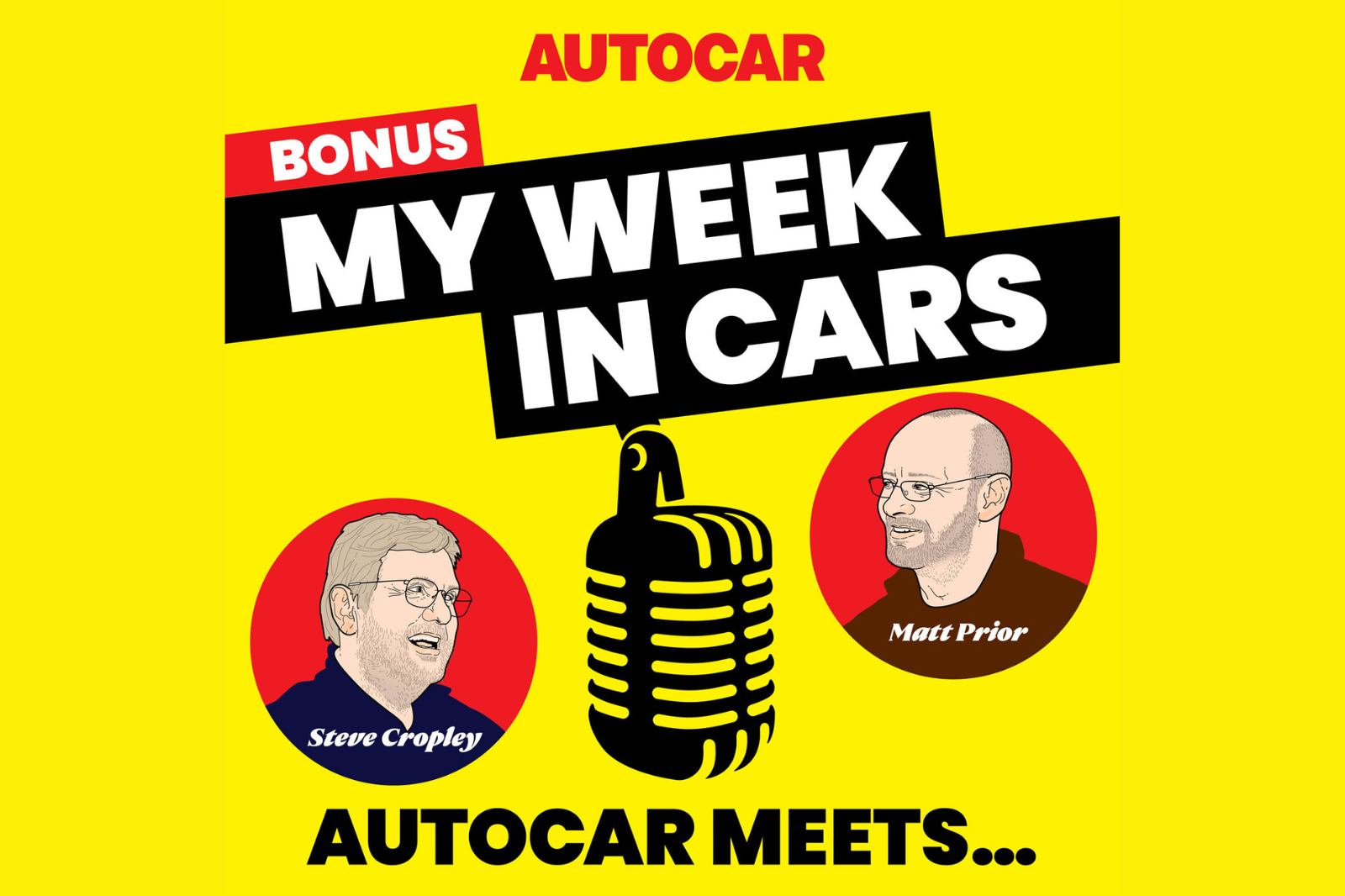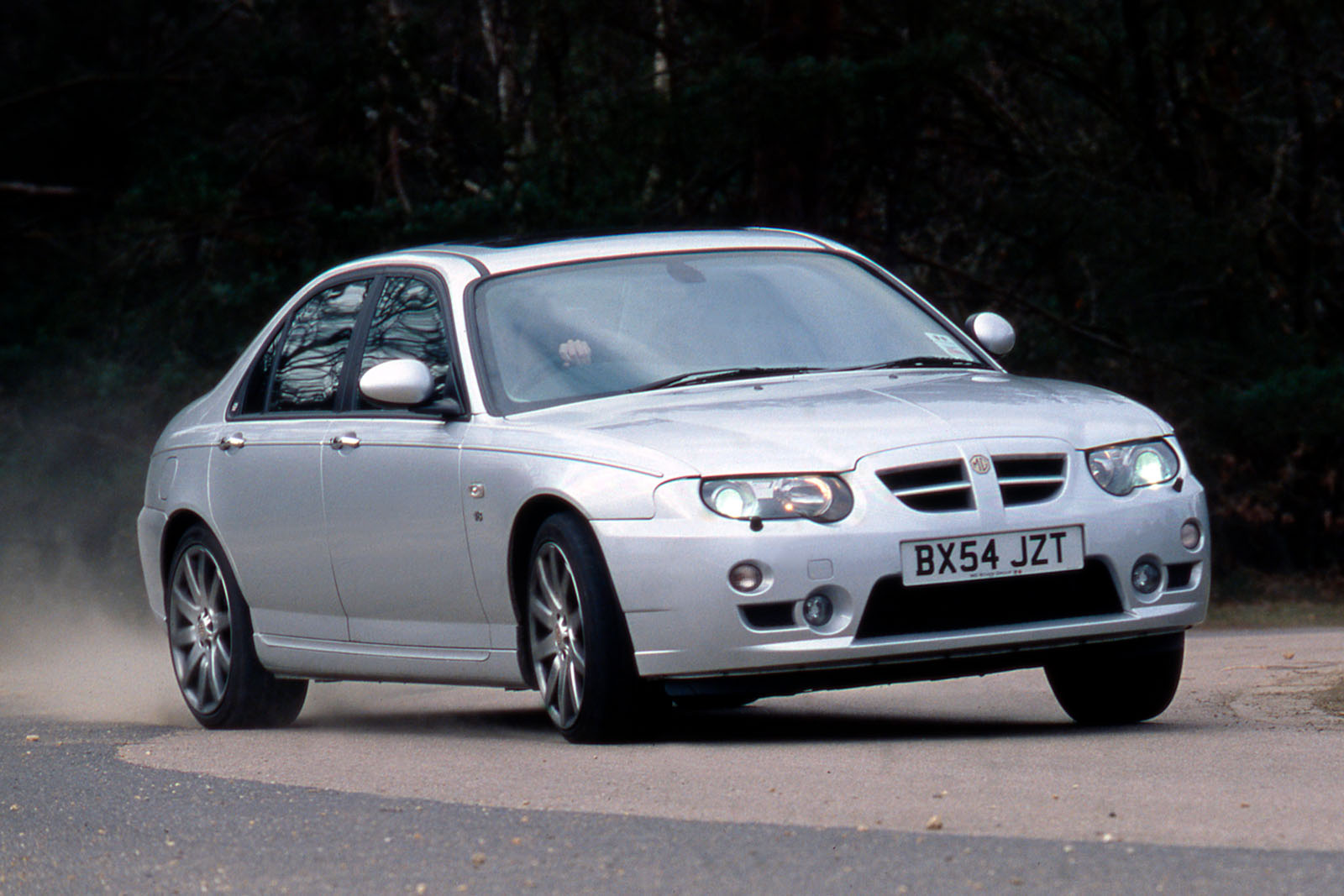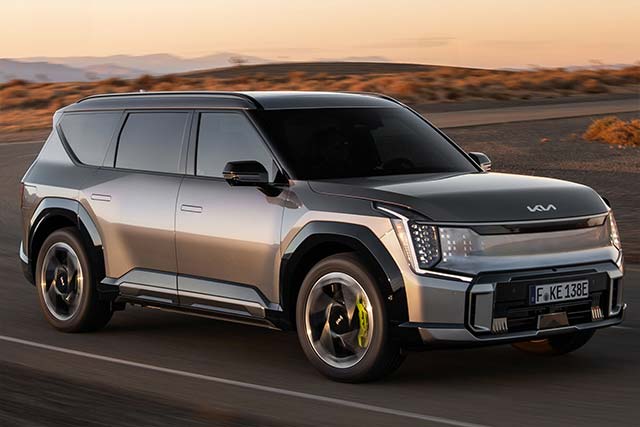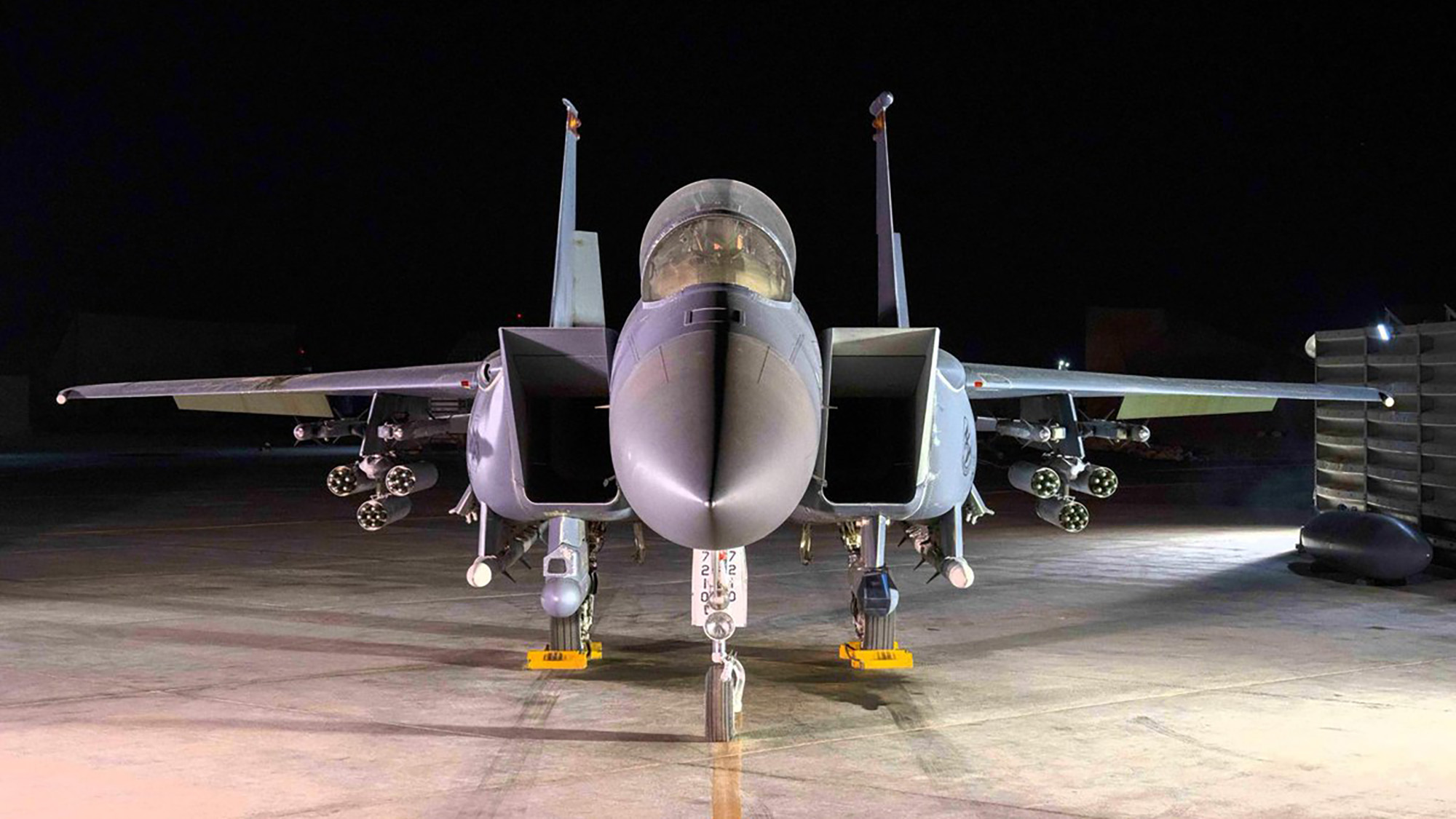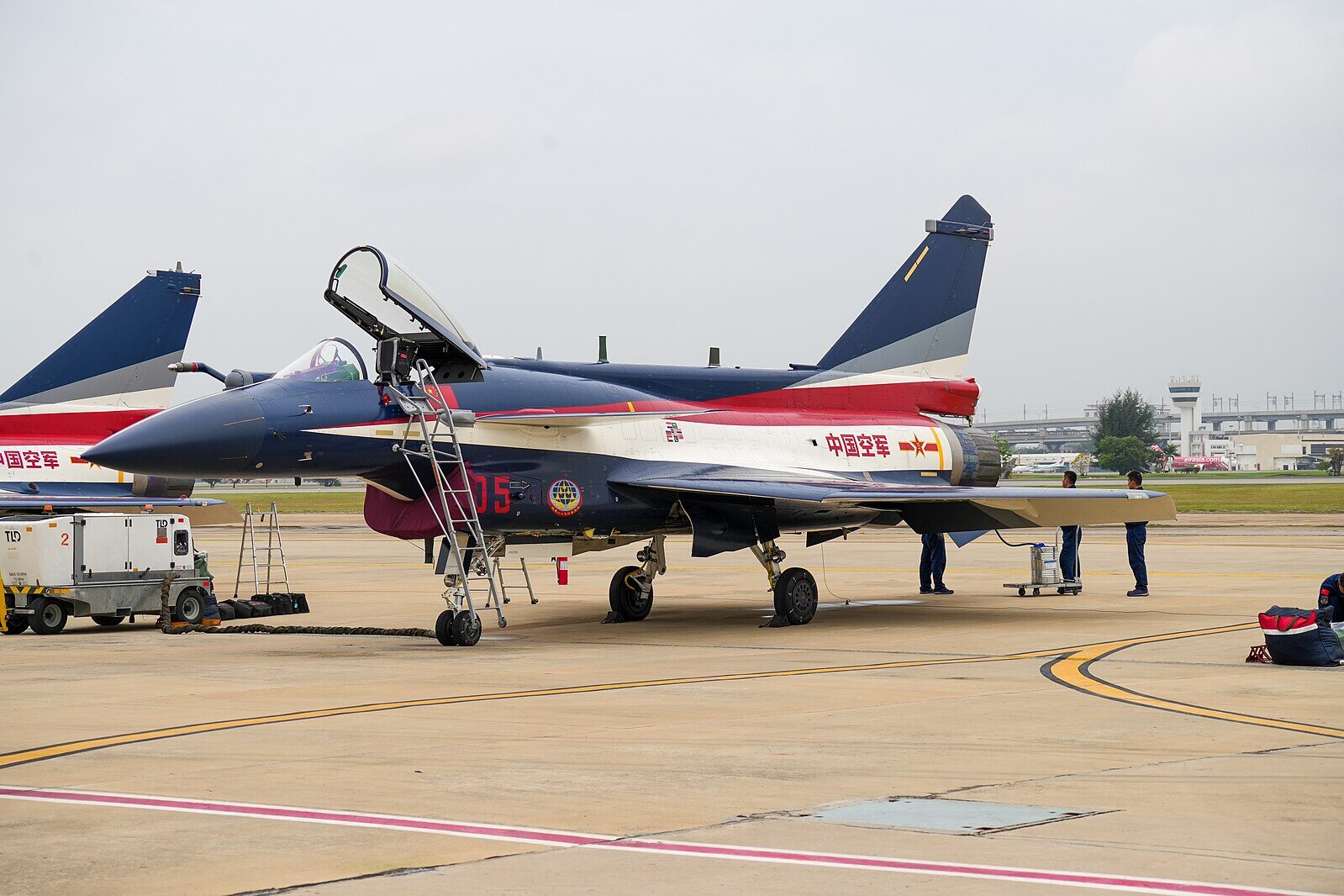The ‘Great Driver Shortage’ Myth
Let’s set the record straight: There is no widespread truck driver shortage in 2025. There. I said it. If you’ve been anywhere near the supply chain over the past four years, you know exactly why that sentence deserves to be said. Again. Louder. Yet here we are. This week, a headline on The Street screamed […] The post The ‘Great Driver Shortage’ Myth appeared first on FreightWaves.

Let’s set the record straight: There is no widespread truck driver shortage in 2025. There. I said it. If you’ve been anywhere near the supply chain over the past four years, you know exactly why that sentence deserves to be said. Again. Louder.
Yet here we are. This week, a headline on The Street screamed that a “new DOT rule could worsen the trucker shortage and cause delivery delays.” The source behind that? Not the Federal Motor Carrier Safety Administration. Not a Bureau of Labor Statistics trend report. It came from a factoring company called altLINE, which based its entire “driver shortage” claim on job board ads scraped across platforms like LinkedIn, Indeed and Glassdoor over a two-week period.
Two weeks. To analyze an industry with over 3.5 million drivers and 1.2 million for-hire motor carriers. If that doesn’t raise a red flag, you haven’t been burned by bad data before, but we have. The trucking community’s been duped before, and now we’re paying the price.
A Myth Made for Media
The $900 billion trucking industry in the U.S. is responsible for moving over 70% of all domestic freight, but has been plagued by the “driver shortage” narrative for years. It first took hold decades ago and has been conveniently revived every few years, typically when freight volumes shift, regulations tighten or major associations need political leverage.
It goes like this: “We’re losing drivers faster than we can replace them. Capacity is tight. Freight is backlogged. Customers are angry. Government, please help us.”
It’s an easy sell. Scary headlines. Stats with no sourcing. And a sympathetic image of the noble trucker disappearing like a dodo bird.
But here’s the truth: The past four years have been marked not by a driver shortage, but by a freight recession. This industry hasn’t been hemorrhaging drivers from Yellow’s collapse to UPS’ recent layoffs. It’s been drowning in excess capacity and evaporating freight demand.
You don’t shut down 25,000-driver carriers like Yellow or see 35,000-plus trucking companies go out of business in a single year (2023) if there’s a shortage of drivers. You see it when there’s a shortage of freight. Period.
The Data They Don’t Show You
Let’s look at what’s actually happening.
- Truck driving employment remains stable. According to the Bureau of Labor Statistics, the number of heavy-duty truck drivers has not seen a significant drop since 2020. We have more CDL holders now than we did pre-pandemic.
- Freight volumes tell the real story. According to Cass Freight and FTR Transportation Intelligence, shipment volumes are still below 2019 benchmarks, with many sectors soft. The result? Trucks are sitting idle, not because there’s no one to drive them but because there’s nothing to haul.
- The myth is fueled by turnover. Many confuse high churn with a shortage. Driver turnover at large TL carriers hovers around 90%. That’s not a shortage. It’s a retention problem, a culture problem, and a wage and working conditions problem.
- The job ad methodology is flawed. The altLINE article’s methodology is entirely based on job postings, often auto-renewed, unclosed or speculative. As any fleet manager will tell you, just because a job is posted doesn’t mean it’s open or unfilled.
In short, using job board analytics to diagnose an industrywide crisis is like using Tinder swipes to measure the divorce rate.
Why It Keeps Spreading
The “driver shortage” meme survives for one reason: It works.
It generates traffic. It stirs fear. It justifies importing foreign labor, suppressing wages, expanding CDL mills and even rolling out driverless truck trials under the guise of “filling the gap.”
It’s weaponized to serve political, financial or institutional agendas. It gets traction because it fits a narrative that resonates with drivers, even if it’s not true.
We truckers, me included, love some “tea,” and are the perfect demographic to spread these stories. We’re like the Italian grandmas of the supply chain, watching everything from the window, reacting to every new noise and gossiping when it fits what we already believe.
That’s not a dig. That’s just what it is, but it’s also a warning because if we don’t get better at questioning what we’re being told, we’ll keep being used as pawns. Our outrage will continue to be harvested for policies that serve everyone but us.
Freight Died, Not the Workforce
So let’s say it clearly: What we’ve experienced since 2020 is an economic downturn, not a driver drought.
We have too many trucks, not too few drivers. Insurance premiums, operating costs and interest rates are surging. Brokers are lowballing lanes, freight is consolidating, and carriers are cutting corners just to survive.
Yes, we have a shortage of experienced, mode-specific, technically proficient drivers – hazmat, flatbed, out-of-gauge, reefer – with real-world experience, but that’s not the same as a systemic shortage. Anybody with a license can drive an automatic Class 8 truck with an automatic transmission and bump docks all day.
When fleets laid off hundreds of thousands of drivers across four years of rolling recessions, it wasn’t because they didn’t have anyone to hire. It’s because they had nobody to haul for.
The Real Risk
If we keep chasing the wrong problem, we’ll never fix the right one.
This myth draws attention away from:
- Dangerous turnover rates.
- Training gaps in CDL programs.
- Driver health and medical fitness issues.
- Market instability driven by macroeconomics and broken spot market logic.
- Cultural erosion in trucking that pushes veterans out of the seat.
It lets the worst actors justify lowering standards and raising volume, and then cry wolf when the wheels fall off literally. You can’t clickbait your way to the truth, and you sure can’t build a better industry on top of a lie.
To The Street, altLINE and every media outlet recycling these stories without industry grounding, we can do better. There is no shortage of trucking, supply chain, or general industry and driver news. You don’t need to tell scary stories about fake shortages to get eyes on your work. You just need to tell the truth because those of us who are still here, still hauling, fighting, still surviving, see through the noise, and it’s getting louder.
The post The ‘Great Driver Shortage’ Myth appeared first on FreightWaves.











